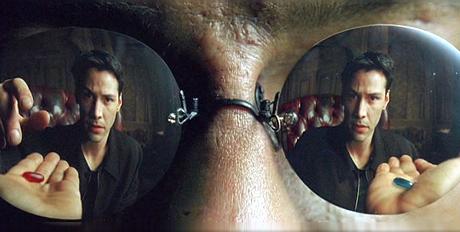
Musubi is a concept that I believes forms one of the core principles of aiki based art forms. Over my years of training I have felt various artists express it in radically different ways but at the end of the day musubi 結び, or connection between centers, is one of the common denominators high level people all have mastery of in their practice. After 30 years in the art, this is the quality I look for to see if people are understanding the art. How connected are they?
As I often do, when exploring a concept I love to break down the kanji, the Chinese character to see what secrets lie in store for us.
結び - むすび ending; conclusion; union
結び目- むすびめ knot
結び方 - むすびかた way of tying a knot
So from a budo perspective, I would say
Now let us explore the kanji 結 deeper and explore it's construction and etymology.
結う
to do up (hair); to braid; to fasten; to fix
結ぶ
1: to tie; to bind; to link;
2: to bear (fruit);
3: to close (e.g. deal); to confirm; to conclude;
4: to close tightly; to purse (e.g. lips);
5: to unite (with); to ally; to join hands
Here is what you get if you type 結 into Google search.
The character is made up of two clusters of ideas. 糸 and 吉

糸 a fine thread
Pictographically the writing 糸 represents a twisted string.

吉 - good / lucky / auspicious / propitious / favorable / fortunate
the speech 口(mouth) of a sage 士(a man of learning) = 吉 auspicious
First we see Goldberg Sensei, the head of Kiyamakan Kodokai Daito Ryu. He has an intense musubi so it is good for illustrative purposes. He connects deeply with Aiki-no-Tai AikiBody. It profoundly affects his partner. Centers are connected. He is imposeing on his partners center, while his own remains structured.
Then we see Stenudd Sensei. Watch as he moves right into the structure of the person. Both Kondo and Stenudd have intense musubi that really sock it to the structre of their partners.
And here I give a brief description of what musubi is and how it is created. I have 10 more years experience on this topic now, so I would make some corrections in my own presentation - but the lesson is still a good starting place if you are trying to wrap your head around the concept.
On the softer side of musubi practice we will see a short lecture by Lowry Sensei. He talks about the quality of touch it requires to establish musubi. This is a really useful lecture he has here that should be viewed often.
And as a final piece of musubi trivia for the day. Musubi (different character) also means sushi made from spam. Go figure.









Very nice article! Thanks.
ReplyDeleteSweet videos. I really like Mr. Lowry's aikido and presentation, looks like a fun guy to work with. We work on a lot of that in our dojo, but with a lot less talking. I think it has a lot to do with the Japanese attitude of relationships between "teacher" and "student". Sensei will start talking about some of this, and people just stand around say "Ohhhhh, Ahhhhh...I don't get it" (When really they do get it a bit and are just being Japanese, or just aren't letting themselves get it). I think that's why sensei likes training with me because I ask about it often and make an effort to do what he says.
ReplyDeleteI also love me some spam musubi.